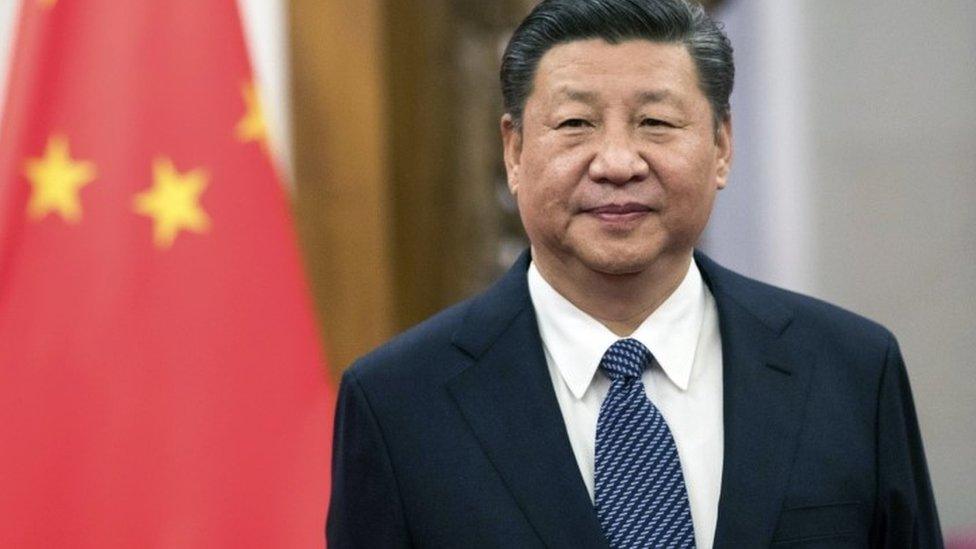- Courses
- GS Full Course 1 Year
- GS Full Course 2 Year
- GS Full Course 3 Year
- GS Full Course Till Selection
- Answer Alpha: Mains 2025 Mentorship
- MEP (Mains Enrichment Programme) Data, Facts
- Essay Target – 150+ Marks
- Online Program
- GS Recorded Course
- Polity
- Geography
- Economy
- Ancient, Medieval and Art & Culture AMAC
- Modern India, Post Independence & World History
- Environment
- Governance
- Science & Technology
- International Relations and Internal Security
- Disaster Management
- Ethics
- NCERT Current Affairs
- Indian Society and Social Issue
- NCERT- Science and Technology
- NCERT - Geography
- NCERT - Ancient History
- NCERT- World History
- NCERT Modern History
- CSAT
- 5 LAYERED ARJUNA Mentorship
- Public Administration Optional
- ABOUT US
- OUR TOPPERS
- TEST SERIES
- FREE STUDY MATERIAL
- VIDEOS
- CONTACT US
Caste Census
Caste Census
Latest Context:
Recently, the government of Bihar has revealed the findings of the Caste Survey, 2023. It shows that Other Backward Classes (OBCs) and Extremely Backward Classes (EBCs) make up 63% of the state's population.
Key Findings of the Bihar Caste Survey:
- Extremely Backward Classes (EBCs): 36.01%
- Other Backward Classes (OBCs): 27.12%
- Scheduled Castes: 19.65%
- Scheduled Tribes: 1.68%
- Buddhists, Christians, Sikhs, and Jains: Less than 1%
- Total Population (Bihar): 13.07 crores
About Census:
- Originated in India in 1881 during colonial times.
- Evolved and used by the government, policymakers, academics, and others to understand the Indian population, allocate resources, track social changes, and conduct delimitation exercises.
- The Socio-Economic and Caste Census (SECC) identifies beneficiaries of state support and gathers data on economic status and caste. It was first conducted in 1931.
- The Census provides an overview of the Indian population, while the SECC helps identify those in need of government assistance.
About SECC (Socio-Economic and Caste Census):
- The SECC, initiated in 1931, had its primary goal of gathering data about the financial well-being of Indian households, whether they lived in rural or urban regions, with the purpose of identifying signs of poverty and lack.
- Additionally, it records details about particular caste names to assess the economic situations of various caste communities.
Difference Between Census & SECC:
- Census provides a wide-ranging look at the entire Indian population, while SECC focuses on identifying those who qualify for government aid.
- Census data is kept private according to the Census Act of 1948, whereas personal details in SECC are accessible to government agencies for the allocation or withholding of benefits to households.
Is the Constitution in favour of conducting a caste census?
- Yes, the Constitution supports conducting a caste census through Article 340.
- This article empowers the President of India to appoint a commission to investigate the conditions of socially and educationally backward classes and recommend measures for their advancement. Conducting a caste census can help gather important data to understand the socio-economic status of different caste groups and formulate policies for their improvement.
Previous Caste Census in India:
- Census of 1931: The last caste census was conducted in 1931 and became the basis for the Mandal Commission Reports and subsequent reservation policies for Other Backward Classes.
- Census of 2011: The 2011 Census collected caste-based data but didn't make it public due to concerns of political bias.
How was the Caste Survey Conducted?
The survey took place in two phases:
- First Phase: Counted all households in Bihar and asked 17 mandatory questions.
- Second Phase:
- Gathered data on people living in households, their castes, sub-castes, and socio-economic conditions.
- Providing Aadhaar numbers, caste certificate numbers, and ration card numbers were optional.
Significance of the Caste Census:
- It may lead to a demand for increasing the OBC quota beyond 27% and a quota within quota for EBCs.
- It could reopen the debate on the 50% reservation ceiling imposed by the Supreme Court.
- It helps fulfil constitutional obligations outlined in the Directive Principles of State Policies (DPSPs) and promotes socio-economic objectives.
- It can be used to address inequality and promote social justice.
Concerns with the Caste Census:
- Counting caste may have political and social repercussions.
- Some data from previous surveys remain unreleased.
- Caste doesn't always reflect class or deprivation.
- The last caste census was in 1931, and caste data from the 2011 Census was not made public.
Arguments Against a Caste Census:
- Reinforces the Caste System: Opponents say that caste-based discrimination is against the law, and conducting a caste census might strengthen this system. They prioritize individual rights and equal opportunities over categorizing people by caste.
- Difficulty in Defining Castes: Defining castes is challenging due to the vast number of castes and sub-castes in India. Creating clear caste definitions for a census could lead to confusion, disputes, and more divisions in society.
- Increases Social Divisions: Some argue that a caste census could worsen social divisions. They suggest that promoting social harmony by focusing on commonalities rather than differences is better for national integration.
Government's Position on Caste Census:
In 2021, the Indian government announced its policy not to count the population based on castes, except for Scheduled Castes (SCs) and Scheduled Tribes (STs), during the Census. This means that the government has chosen not to collect caste-wise population data for most communities.
Ways Forward for Caste Census:
- Conduct Independent Studies: Independent studies at the district and state levels can gather caste and sub-caste data effectively.
- Avoid Misuse of Data: Ensure that caste data is not misused for political gains or further dividing society.
- Implement Technology: Employ technologies like Artificial Intelligence and Machine Learning for data analysis.
- Subcategorization of OBCs: Implement the subcategorization of Other Backward Classes (OBCs) to ensure representation for underrepresented subcastes
Conclusion:
Accurate caste data is essential for social justice, resource allocation, and monitoring affirmative action policies. Policymakers should carefully weigh the pros and cons to promote a fairer and more inclusive society.
Question: The first modern Census in India took place in which year?
(a) 1951
(b) 1947
(c) 1881
(d) 1971
Answer: (c) 1881



